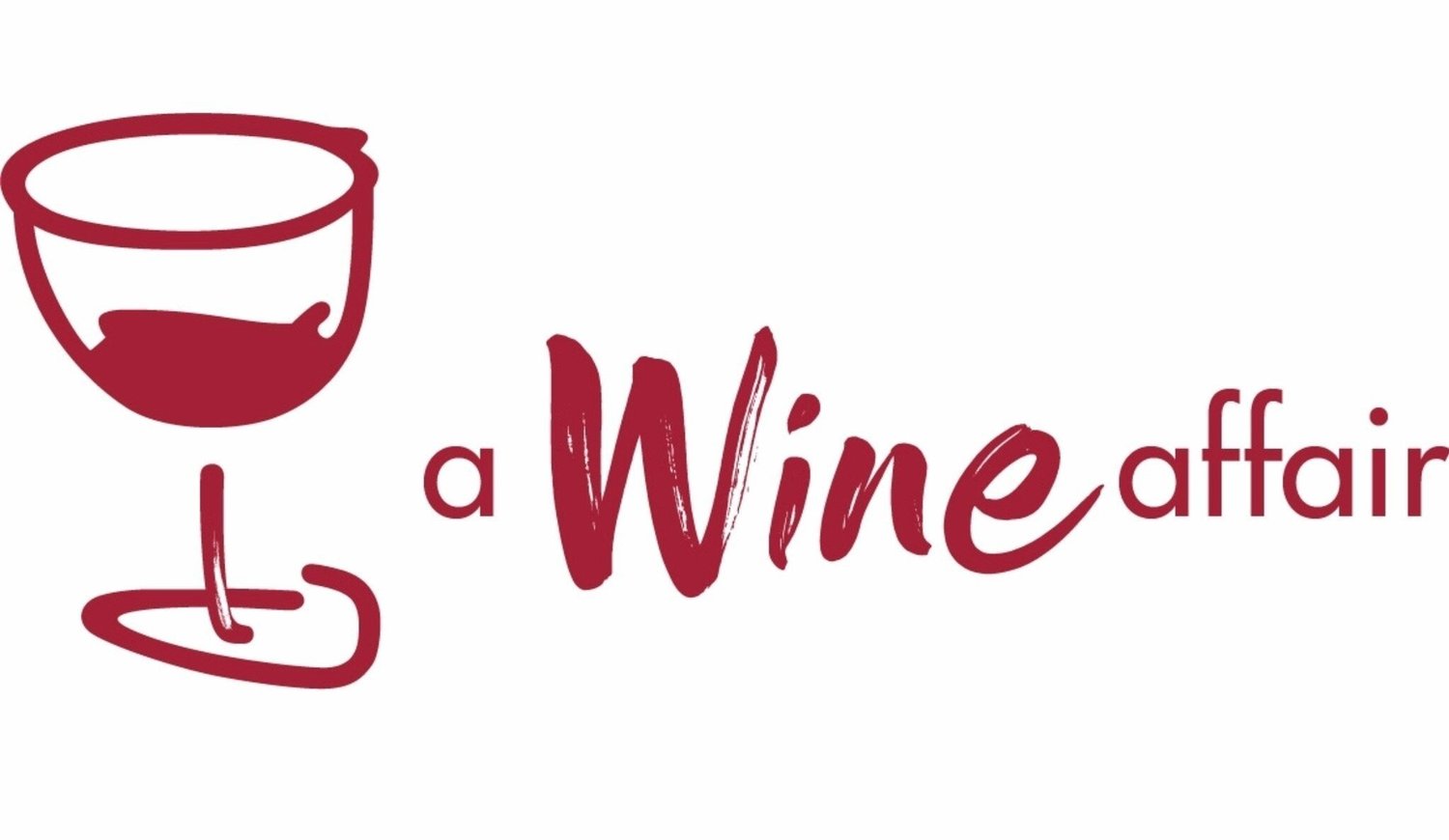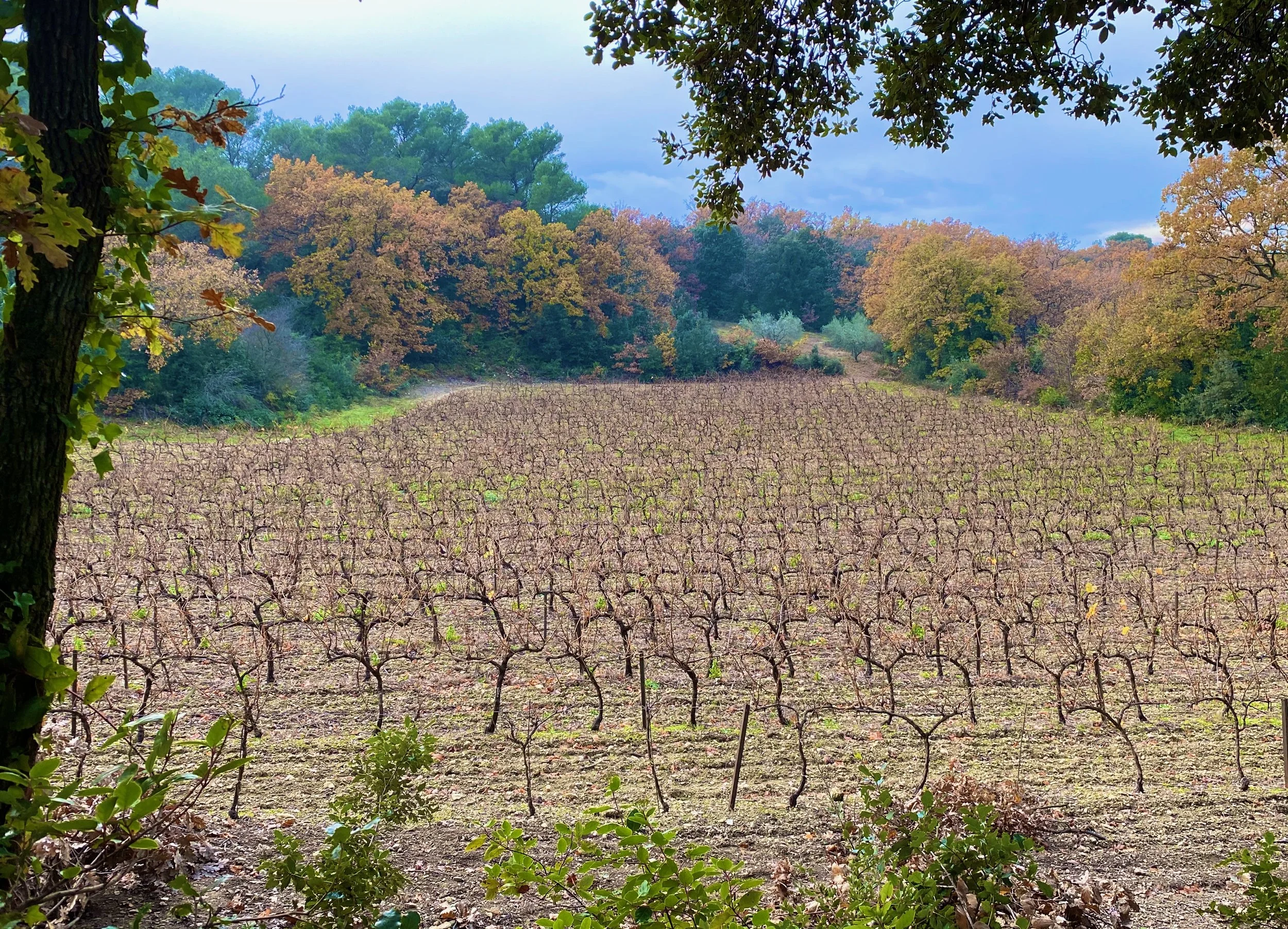Languedoc Wine Classifications
/AOP (AOC) & IGP
For the average wine drinker, one of the most confusing things about French wine is knowing the difference between AOP & IGP wines. Most people believe that AOP means top quality and IGP as lower quality.
That is no longer the case.
In 2009 the EU standardized the names of the wine categories across each EU country and for France this meant that AOC (Appellation d’Origine Controllée) became AOP (Appellation d’Origine Protegée). The use of AOC is still allowed and some parts of France have decided to stick with it but Languedoc-Roussillon has moved to the new labelling.
The aim of the AOP was to preserve the traditional and famous wines of France and preserve them for future generations. When you buy an AOP wine it is regulated in terms of where the grapes come from, how they were grown and the grape varieties used to make it. It must also have ‘typicity’, a French word meaning the wine tastes and looks as you would expect it to. For instance, if you buy an AOP Minervois it should taste of a Minervois wine and not a Bordeaux, Corbières or something else.
The AOP classification imposes a quality control system that also includes pruning methods, vine-training, yields, minimum alcohol strength, harvest times as well as delimiting the geographical area where the wine was produced. This area is defined as terroir. Without it, France might have lost some of its ancient and historical wines forever. But It is a protectionist system which inhibits innovation and creativity. It guarantees a process but not quality. An AOP Châteauneuf-du-Pape wine is not necessarily a good one!
In 2009 IGP (Indication Géographique Protégée) became the new name for Vins du Pays in France, and in Languedoc-Roussillon that means the wines formerly known as Vins du Pays d’Oc are now called IGP Pays d’Oc. Like AOP, the IGP is a designation used all over France with over 150 in existence. But Languedoc-Roussillon embraced it with fervor and has used it to spearhead a revolution in winemaking to produce some of the best and interesting wines in France.
The success of the old Vins du Pays proved to be a saviour for the region. It was led by a clear marketing campaign that latched onto consumers increasing preference for buying wine by grape variety rather than provenance. In the early days the success was based on what I like to call ‘cheap and cheerful’ - in other words; simple, fruity wines, named after the grape and at a price that most people can afford. But as the brand strengthened and as wine makers adopted it to label their non-conformist wines, it has evolved to include mid-priced and premium wines as well with international reputations.
Whereas AOP limits vine growers to about a dozen of approved varietals, IGP producers have a list of about 80 grape varieties to choose from and can opt to make a mono-varietal wine, a bi-varietal one made from two varieties or a blended wine made from three or more varietals. As you would expect from a warm region, red wine makes up the majority of IGP (and AOP) wines in Languedoc at about 60% of production with rosé and white making up equal shares of about 20% each.
The multitude of different soil types and the permitted use of ‘international’ varietals such as Merlot, Cabernet Sauvignon, Chardonnay and Sauvignon Blanc allows for experimentation and innovation and the result is an extraordinary range of red, white and rosé wines. But although there is a lot of flexibility when making IGP wines, there are very strict criteria to adhere to especially with regards to where the grapes are grown and the wine is produced. Bottle labelling must state if the wine is regional, departmental or zonal.
Régional IGP wines in Languedoc-Roussillon are called IGP Pays d’Oc. The grapes for these wines can originate from anywhere within both Languedoc-Roussillon, and like in the New World the rules for how wines are made are far less strict to encourage innovation and creativity. These wines are about territory and grape variety rather than the personality of terroir and the art of assemblage. However none of these are ruled out and the wines still retain a ‘Languedoc-Roussillon’ character when grown in the Pays d’Oc. The majority of these wines are single varietal which has helped make this the most successful IGP in France.
There are 4 Departmental IGPs, each carrying the names of the departments where the grapes are grown; IGP Aude, IGP Hérault, IGP Gard and IGP Côtes Catalanes.
Within these Departmental IGPs there are 23 Zonal IGPs: only a small percentage of producers label their wines this way and labelling will accurately pinpoint the areas where the grapes come from and where the wine was produced.
It is amongst these that we find the special wines of the Cévennes and the Pont du Gard…






